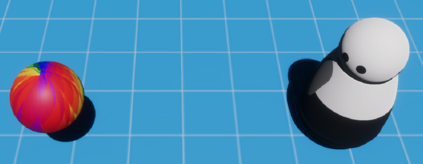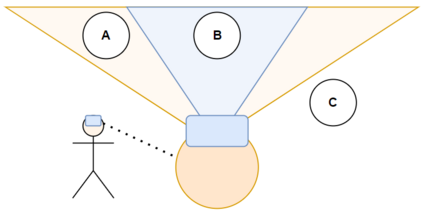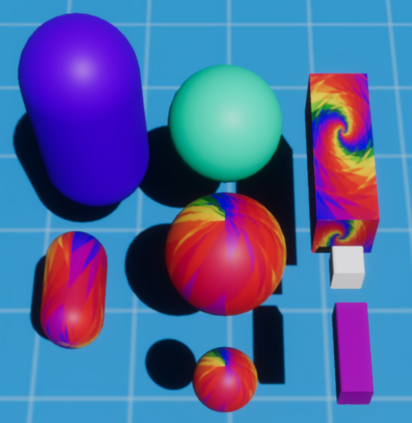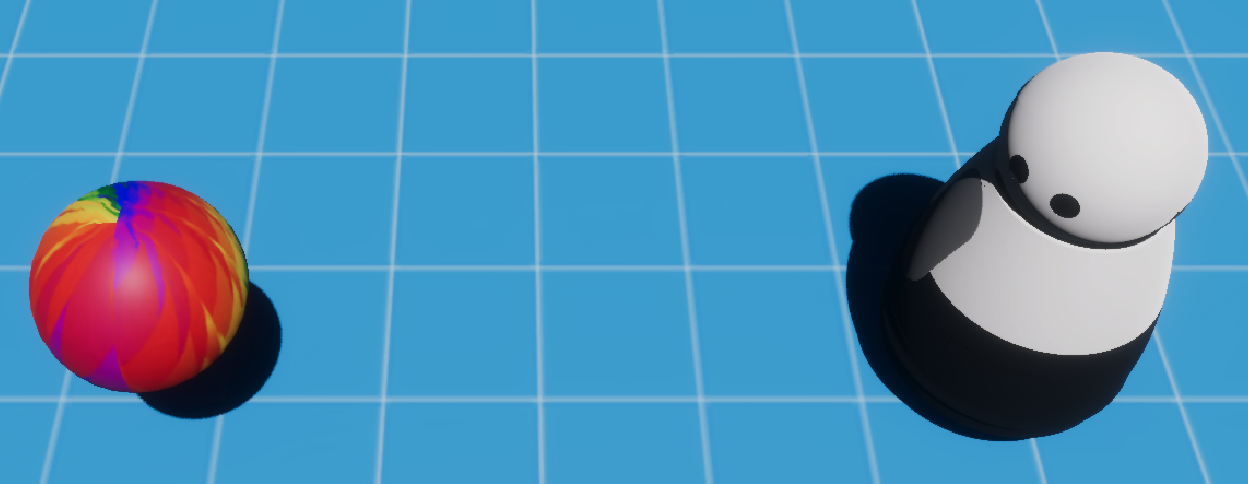In order to address the limitations of gestural capabilities in physical robots, researchers in Virtual, Augmented, Mixed Reality Human-Robot Interaction (VAM-HRI) have been using augmented-reality visualizations that increase robot expressivity and improve user perception (e.g., social presence). While a multitude of virtual robot deictic gestures (e.g., pointing to an object) have been implemented to improve interactions within VAM-HRI, such systems are often reported to have tradeoffs between functional and social user perceptions of robots, creating a need for a unified approach that considers both attributes. We performed a literature analysis that selected factors that were noted to significantly influence either user perception or task efficiency and propose a set of design considerations and recommendations that address those factors by combining anthropomorphic and non-anthropomorphic virtual gestures based on the motivation of the interaction, visibility of the target and robot, salience of the target, and distance between the target and robot. The proposed recommendations provide the VAM-HRI community with starting points for selecting appropriate gesture types for a multitude of interaction contexts.
翻译:为解决物理机器人能力的限制问题,虚拟、增强和混合现实人类机器人互动(VAM-HRI)的研究人员一直在使用增强现实的可视化手段,提高机器人的直观性,改善用户的认知(例如社会存在),虽然实施了大量虚拟机器人脱形手势(如指向物体),以改善VAM-HRI内部的互动,但据报告,这类系统往往在机器人的功能性和社会用户认识之间发生权衡,从而需要一种考虑到两种属性的统一方法。我们进行了文献分析,发现一些特定因素对用户的认知或任务效率有重大影响,并提出一套设计考虑和建议,通过将基于互动动机、目标与机器人的可见度、目标与机器人的显著性以及目标与机器人之间的距离的虚拟手势组合,解决这些因素。拟议的建议为VAM-HRI社区提供了为多种互动背景选择适当手势类型的起点。











